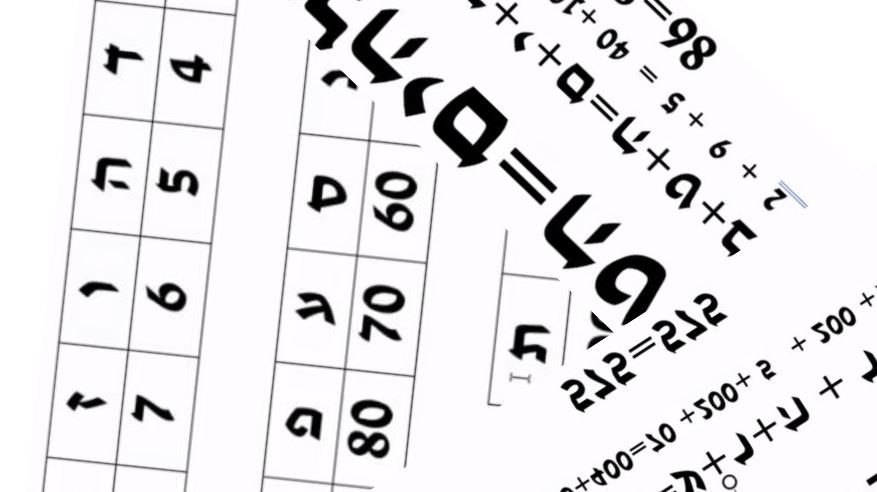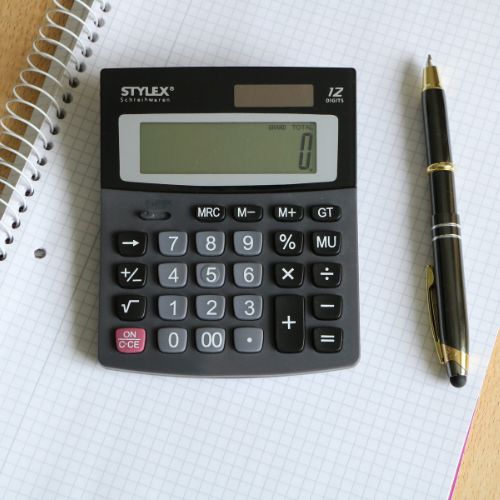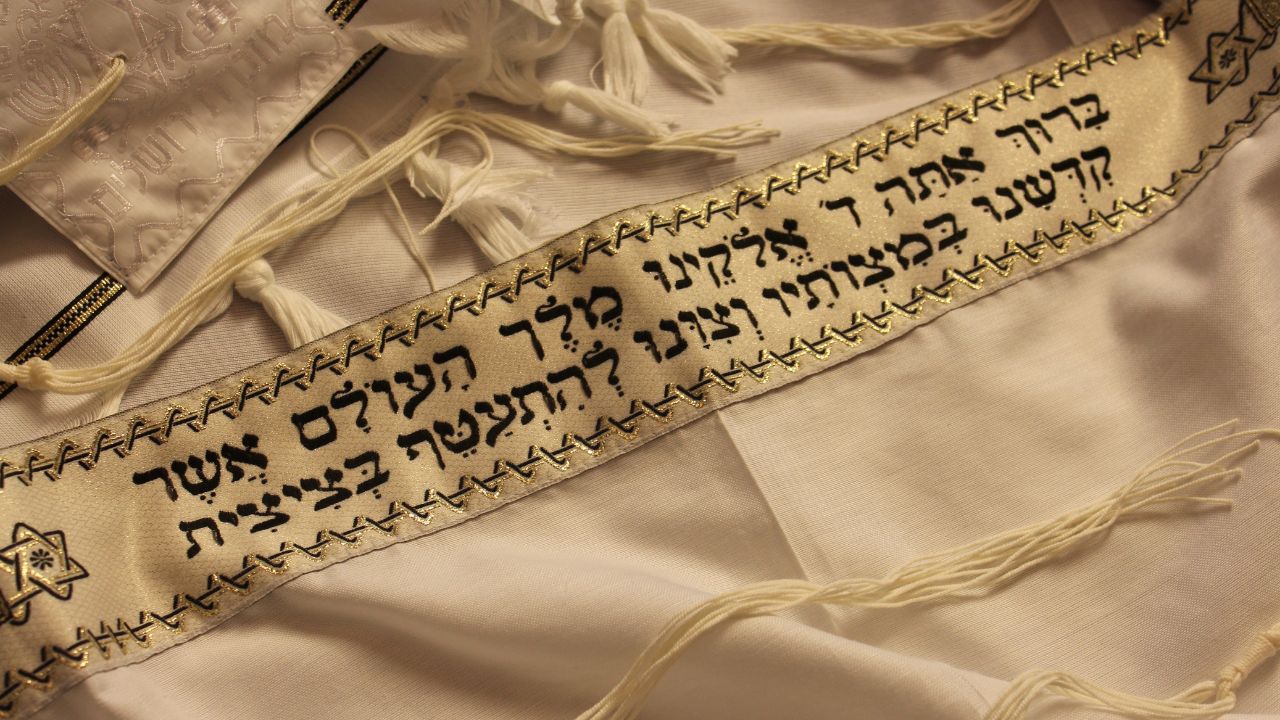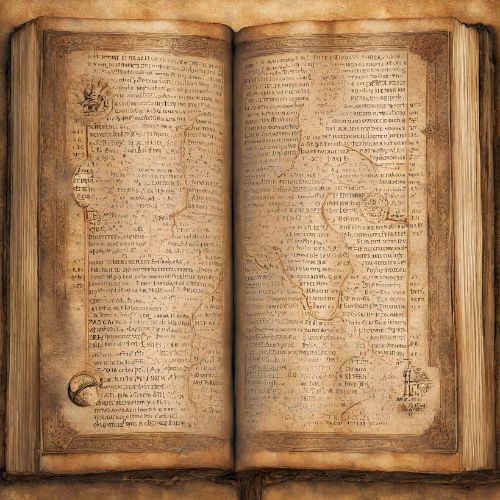Hebrew Calculator: Discover the Power of Gematria
Introduction
In the realm of linguistic marvels, the Hebrew Calculator stands out as a captivating blend of language and mathematics. Originating from the Hebrew language’s unique numeric system, this calculator showcases how ancient linguistic traditions can still influence modern-day computational tools. By exploring its history, structure, and applications, one can appreciate the intricate beauty and practical utility that lies within the Hebrew Calculator.
The History of the Hebrew Calculator
The Hebrew Calculator is rooted in the ancient numerology of the Hebrew language, which assigns numerical values to each of its characters. The system, known as gematria, dates back to the biblical era and is believed to have been used for mystical and religious purposes. Each Hebrew letter corresponds to a specific numeric value, with some variations across different traditions.
Over time, the gematria system has been adapted for various computational purposes. One notable adaptation is the Hebrew Calculator, a digital tool that allows users to perform basic mathematical operations using Hebrew characters. This calculator preserves the gematria’s symbolic significance while also providing a practical means of performing arithmetic tasks.
Understanding the Structure of the Hebrew Calculator
The Hebrew Calculator operates on the principle of adding and subtracting the numerical values of Hebrew characters. Each letter is assigned a numeric value based on its position in the Hebrew alphabet, with the first ten letters representing the numbers 1 to 10. The values increase in increments of 10 from 10 to 100 and in increments of 100 from 100 to 900.

To perform calculations, users input Hebrew characters and corresponding numeric values into the calculator. For example, the letter א (aleph) represents 1, ב (bet) represents 2, and ג (gimel) represents 3. By inputting these letters and their values, users can create numerical expressions that the calculator processes.
Applications of the Hebrew Calculator
The Hebrew Calculator has several practical applications, particularly in the fields of linguistics, mathematics, and cryptography.
- Linguistics: The Hebrew Calculator serves as a tool for exploring the mathematical relationships between Hebrew words and phrases. By assigning numeric values to letters, linguists can study patterns and connections within the language, such as the numerical equivalence of words with similar meanings.
- Mathematics: The calculator enables users to perform basic arithmetic operations using Hebrew characters. For example, users can add, subtract, multiply, and divide numeric values represented by Hebrew letters. This feature can help teach mathematics or as an alternative approach to conventional numerical systems.
- Cryptography: The Hebrew Calculator’s use of gematria can be applied in cryptographic techniques, where numerical values of letters are used for encoding and decoding messages. This approach offers a unique way to conceal information, particularly in contexts where the Hebrew language is relevant.
Conclusion
The Hebrew Calculator is a testament to the enduring influence of ancient linguistic traditions. By combining the symbolic significance of gematria with modern computational technology, it offers a unique perspective on the interplay between language and mathematics. Whether used for linguistic analysis, mathematical exploration, or cryptographic purposes, this calculator stands as a fascinating tool that bridges the gap between the past and the present.

In conclusion, the Hebrew Calculator represents a captivating convergence of ancient numerology and modern computational technology. As a tool for linguistic analysis, mathematical exploration, and cryptographic techniques, it offers a unique perspective on the relationship between language and mathematics. Whether used for academic research, educational purposes, or practical applications, the Hebrew Calculator continues to showcase the enduring influence of ancient linguistic traditions in the digital age.
Related article:



